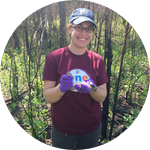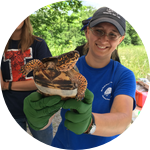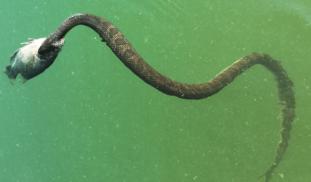Please wait...
About This Project
Ophidiomycosis (snake fungal disease) is a threat to snake health. Caused by the fungus Ophidiomyces ophiodiicola, it affects over 30 wild snake species and can cause skin abnormalities, internal lesions, and even death. Differences in disease signs may be due to snakes' response to infection. We plan to measure innate immune function in Lake Erie watersnakes with a range of ophidiomycosis lesions to determine if disease severity is associated with immune function.

Browse Other Projects on Experiment
Related Projects
Do Australian bats have what it takes to survive the deadly White Nose Syndrome?
Australian bats are at risk from the deadly fungal disease White Nose Syndrome (WNS), which is expected...
Are climate change and air pollution triggering cardiovascular disease?
Ongoing global climate change and air pollution emissions pose a major threat to cardiovascular health...
Can blood lactate levels help guide treatment for birds suffering from monofilament line entanglement injuries?
Fishing line entanglement injuries are a common problem affecting over 200 different wildlife species globally...





